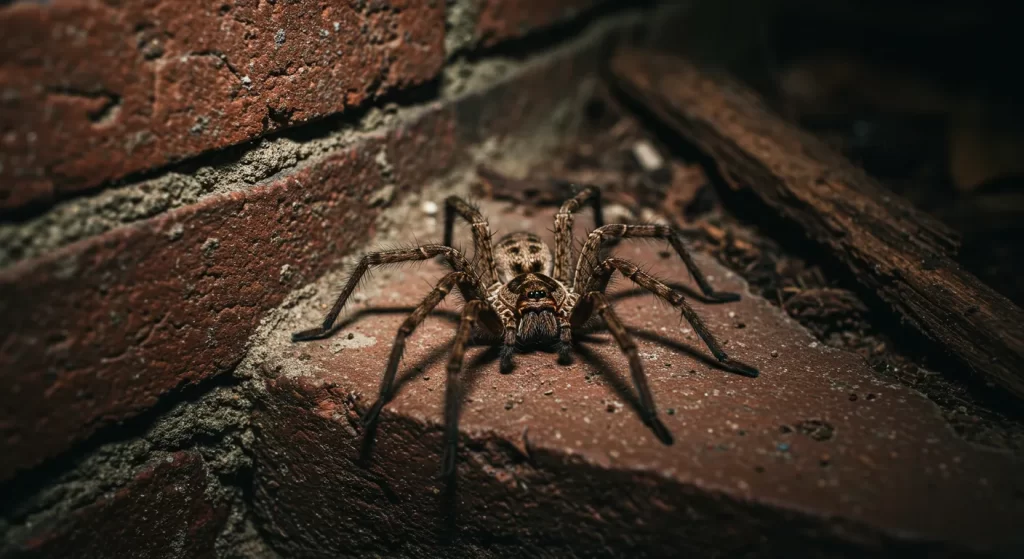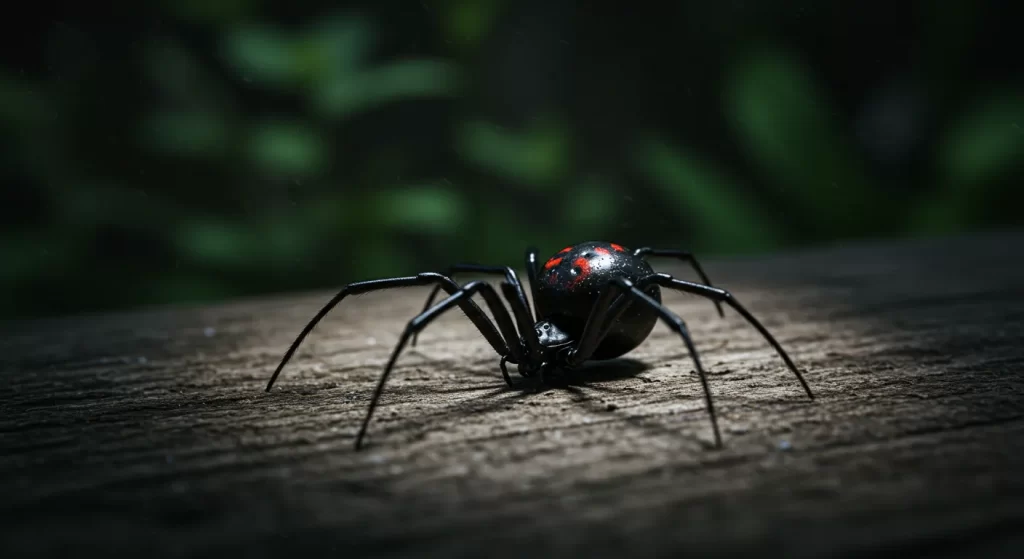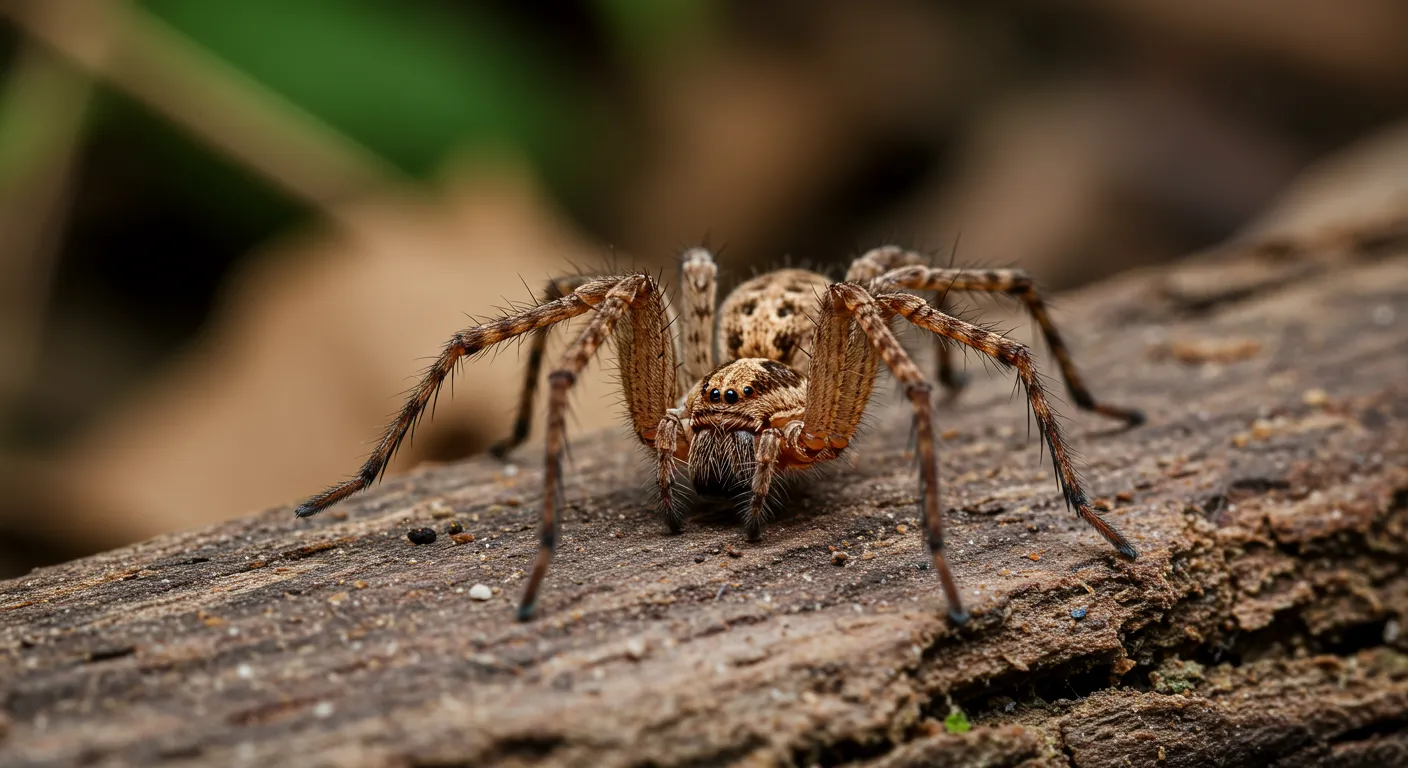Table of Contents
Poisonous Spiders in Texas, while beneficial in many ecosystems for controlling insect populations, can sometimes pose a danger to humans. In Texas, the concern for spider bites is particularly tied to two venomous species: the black widow and the brown recluse.
Understanding these spiders, their venom, symptoms of their bites, and how to prevent encounters can help residents stay safe. Let’s dive into everything you need to know about poisonous spiders in Texas.
Venomous Spiders Found in Texas
In Texas, residents often encounter a variety of spider species, but only two are venomous and capable of delivering bites that can result in significant health issues. These are the black widow spider and the brown recluse spider. While both spiders are not inherently aggressive, they can bite when threatened or accidentally disturbed.
The Black Widow Spider: A Dangerous Neighbor
Black widow spiders are among the most well-known venomous spiders in Texas. The female black widow is easily identifiable by its shiny, black body with a distinctive red hourglass shape on its abdomen.
Male black widows are smaller and usually brown, making them harder to identify. Though they tend to be shy, black widow spiders may bite if they feel threatened. Their bite is infamous for its neurotoxic venom, which can cause severe symptoms.
The venom of a black widow is incredibly potent—reportedly 15 times more toxic than that of a rattlesnake. However, only a small amount is injected with each bite, and fatalities are rare. Most severe reactions tend to occur in children or elderly individuals, though anyone can experience symptoms.
Common places to find black widows in Texas include woodpiles, storage sheds, under eaves, and even in outdoor toilets or meter boxes. These spiders prefer undisturbed, dark spaces.
The Brown Recluse: Silent but Deadly

Another venomous spider commonly found in Texas is the brown recluse. Identifiable by its golden brown color and a dark fiddle-shaped pattern on its back, the brown recluse can be harder to spot due to its tendency to stay hidden. These spiders typically reside in dark, quiet areas such as basements, attics, garages, and behind furniture.
While the brown recluse isn’t aggressive, it can deliver a venomous bite when disturbed. The venom contains necrotizing enzymes that break down tissue around the bite site, often leading to severe skin lesions. While the brown recluse bite may not always cause immediate symptoms, some victims may experience chills, fever, and nausea, while others may develop painful ulcers.
Symptoms of a Spider Bite in Texas
When it comes to venomous spider bites, the symptoms and severity vary depending on the species and the individual’s health. Here’s a breakdown of the potential effects of black widow and brown recluse bites.
Also Read: Pesky House Centipede Silverfish: Understanding the Intruders in Your Home
Black Widow Spider Bite Symptoms
After a black widow bite, the victim may experience a range of symptoms, which can be quite severe. Some of the most common signs of envenomization include:
- Abdominal cramps and rigidity
- Headaches and dizziness
- Nausea and vomiting
- Profuse sweating
- Muscle tremors or convulsions
- Pain or redness at the bite site
- In rare cases, unconsciousness
Though most people recover without complications, bites from black widows should never be ignored, as they can lead to systemic issues.
Brown Recluse Spider Bite Symptoms

A brown recluse bite is often less immediately painful, but the damage can be long-lasting. Common symptoms of envenomation by a brown recluse include:
- Fever and chills
- Nausea
- Weakness and restlessness
- A distinctive “red, white, and blue” appearance around the bite site (a sign of necrosis)
- Necrotic skin lesions that may worsen over time
Unlike black widow bites, brown recluse bites often cause localized tissue death. If left untreated, the wound may take weeks or months to heal, and in extreme cases, may require surgical intervention.
Also Read: What Do Jumping Spiders Eat? Exploring the Diet of These Fascinating Creatures
First Aid for Spider Bites
If you or someone else is bitten by a spider in Texas, it’s essential to take quick action. First aid can help reduce symptoms and prevent further complications, but it’s important to seek medical help, especially for bites from venomous spiders.
For both black widow and brown recluse bites, the first step is to clean the bite area thoroughly with soap and water to reduce the risk of infection. An ice pack can be applied to the site to reduce swelling and pain. In severe cases, such as if the victim experiences systemic symptoms (e.g., muscle spasms or trouble breathing), immediate medical attention is needed.
Preventing Spider Bites in Texas

While it’s impossible to completely eliminate the risk of encountering a spider, there are several ways you can reduce your chances of getting bitten. The key to prevention is minimizing the places where spiders are likely to dwell.
One simple step is to reduce outdoor lighting at night, as bright lights attract insects, which in turn attract spiders. Keeping your yard clean by trimming grass and removing debris around your home can also help discourage spider activity. Additionally, sealing cracks and gaps around windows and doors will prevent spiders from finding their way inside.
Inside your home, regularly vacuuming and cleaning under furniture, in corners, and in storage spaces can eliminate spider webs and egg sacs, preventing an infestation. When handling old clothing, towels, or shoes that haven’t been used for a while, be sure to shake them out first to avoid startling a hidden spider.
Also Read: Get Gorgeous Lashes: How Long Does a Lash Lift Last?
When to Call for Help
If you’ve been bitten by a spider and experience unusual symptoms, it’s best to seek medical attention right away. While most spider bites do not cause serious harm, reactions to venom can vary.
If you’re uncertain whether the bite came from a venomous spider, contact the Texas Poison Center Network at 1-800-222-1222 for guidance. For severe cases, such as difficulty breathing or intense pain, don’t wait—call 911 immediately.
Closing Thoughts
In Texas, the black widow and brown recluse are the primary venomous spiders you need to be aware of. Though bites from these creatures are rare and typically occur when the spider feels threatened, it’s important to understand the symptoms, risks, and ways to prevent such encounters.
By staying alert and following safety measures, you can minimize your chances of experiencing a dangerous spider bite. And remember, if bitten, seek medical attention promptly to ensure the best outcome.
FAQs
What are the most dangerous spiders in Texas?
The black widow and brown recluse are the most venomous spiders in Texas, known for their potent bites and potential health risks.
How can I identify a black widow spider?
The female black widow is shiny black with a red hourglass shape on its abdomen. Males are smaller, brown, and less distinct.
What should I do if I get bitten by a venomous spider?
Clean the bite area, apply ice, and seek medical attention if symptoms worsen. Contact the Texas Poison Center for guidance on treatment.

